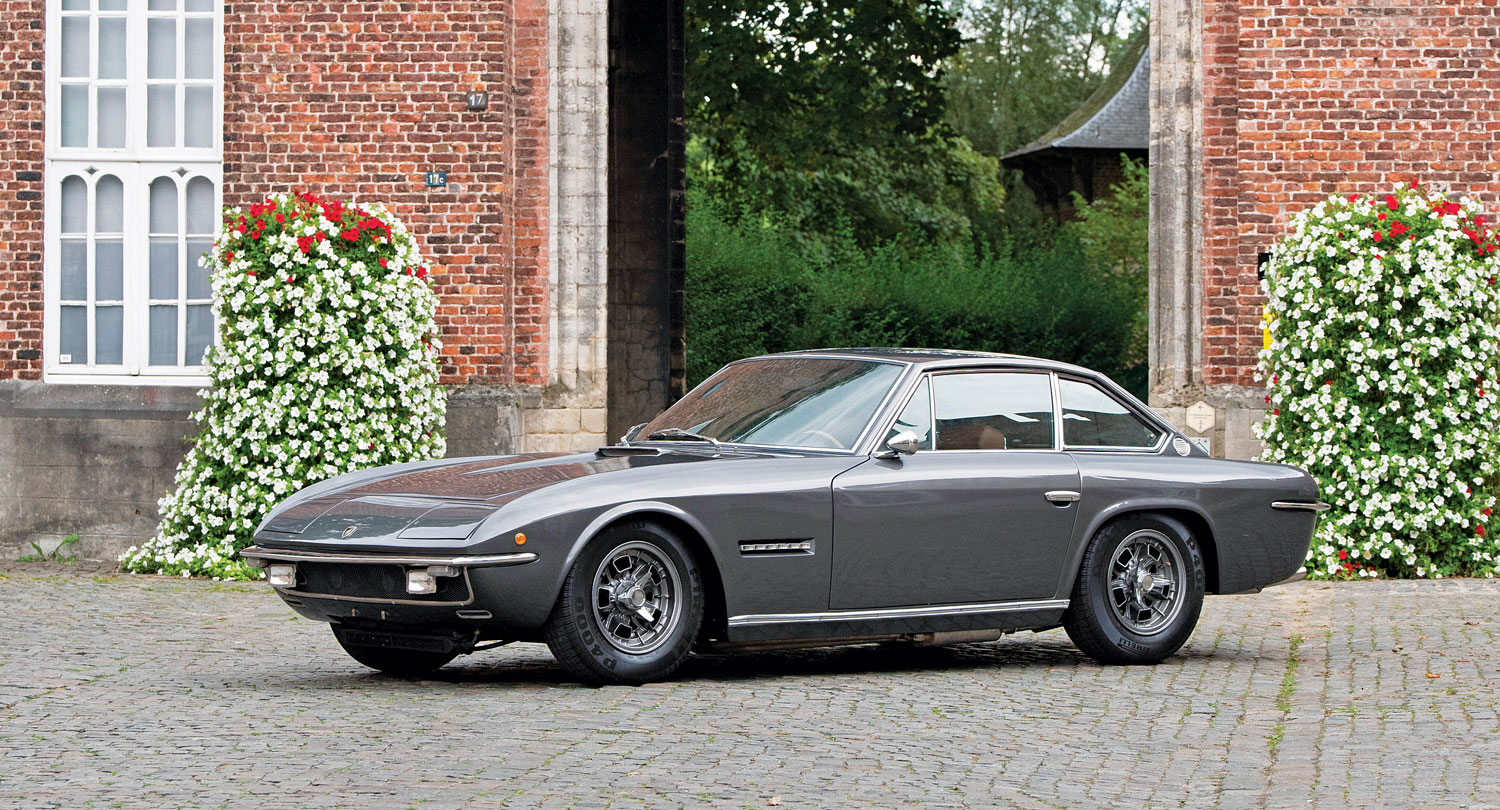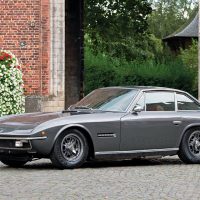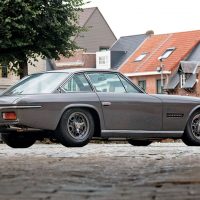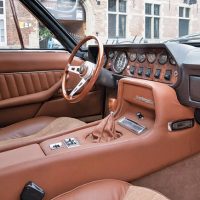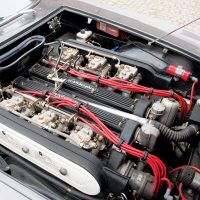SCM Analysis
Detailing
| Vehicle: | 1969 Lamborghini Islero S |
| Years Produced: | 1968–70 |
| Number Produced: | 225 |
| Tune Up Cost: | $1, 500 |
| Chassis Number Location: | Plate welded on chassis, engine bay, left side; tag riveted on the firewall |
| Engine Number Location: | Stamped inside the V |
| Club Info: | Lamborghini Club America |
| Website: | http://www.lamborghiniclubamerica.com |
| Alternatives: | 1963–70 Maserati Mistral, 1962–70 Iso Rivolta IR 300, 1968–74 Ferrari 365 GTB/4 Daytona |
This car, Lot 24, sold for $339,106 (€287,500), including buyer’s premium, at Bonhams’ Zoute Sale in Belgium on October 11, 2020.
Few models are as under-evaluated by the classic-car market as the Lamborghini “Jslero.” It is difficult to understand the reason for this, but most likely it is due to the model’s original position as the less-flamboyant sister of the Miura. Few Isleros were built, so what is usually a plus in the collector-car world is in this case a hindrance, as few have experienced its beauty, let alone driven one.
Milanese Marazzi
The Islero is not an easy car to understand and, by many perspectives, its difficulties were established since the beginning, starting with the choice of the name. “Jslero,” as officially christened and spelled on the trunk badge, became Islero. (The letter “J” is not part of the Italian alphabet.) The car was built in a suburb of Milan by Carrozzeria Marazzi, a second-tier coachbuilder that in that moment had an amazing opportunity. With the shuttering of Carrozzeria Touring, many members of its workforce found new employment at Marazzi, bringing with them competence and skilled craftmanship.
The Islero, directly evolved from the previous 400GT, used basically the same chassis with enlarged tracks, and was designed by Mario Marazzi. It is beautiful and well proportioned, with the unusual shape of the rear characterized by the bumpers above the rear lights.
Dark Dark Gray
The car offered, chassis 2216634, is still equipped with its original engine. As beautiful as it looks, it has been repainted with a different, metallic gray color from the original white. It seems that even if this tone is similar to a Dark Gray possibly offered on the 400GT 2+2 and the Islero, it is too dark to be that shade exactly, so may be a later color or possibly not a Lamborghini color. The same “freedom” has been taken with the interior, with inexact color and materials. The five-year-old restoration included a complete overhaul of the engine, which is clean but appears to have been over-restored in some ancillaries and details.
Isleros have their weakness in rust protection and electric components, but this one seems fine, although as the catalog says, “it is not yet fully run in,” having covered roughly 1,000 miles since its restoration.
Official data released from the Automobili Lamborghini factory, through its Polo Storico department (responsible for managing the heritage of the company, for cars up to and including the Diablo), states 225 Isleros were manufactured from 1968 to 1970. Of these, 155 were standard versions, with 70 built as Islero S models, the sportier version with 350 horsepower, a 30-hp bump that was good for a further 10 kilometers per hour tacked onto the top speed, thus reaching 250 km/h.
The Islero S can easily be considered one of the best GT cars of its era, and really sports a comfortable cockpit and decent space for two people and their luggage. The interior is loaded, with leather almost everywhere, and complete instrumentation. The driving position is 1960s Italian, but it is comfortable even for long journeys. The best description of the comfort on the Islero can be summarized in saying that it is like a Lancia Fulvia on steroids. The steering is heavy at low speeds and while parking, but once underway, feeling improves and its feedback allows perfect control of the car.
Factory fettling
For years, spare parts were an issue, and low market values prevented many Isleros from being well taken care of. In the past 10–15 years, however, the situation has improved, with Polo Storico remanufacturing many of the missing spare parts, and higher resale value allowing specialists to professionally restore more cars. This is the real trick with old Lamborghinis: It seems easy working on them, but to have them actually running as they should, and not simply rolling around, requires a specialist with a lot of experience.
In 2010, a perfect Islero was considered too expensive at $150,000. Today, twice this value is considered acceptable, if not low, for a good car. Should a perfect Islero be offered on the market, it could achieve a further $100,000 or more, but there are not many available. This one, ready to be enjoyed on the road but with the wrong color and interior, was fairly sold. ♦
(Introductory description courtesy of Bonhams.)
